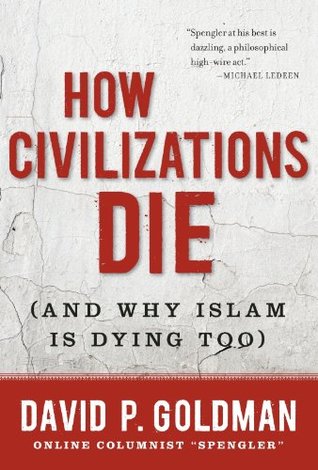In Kalisch’s account, the invention of the historical Mohammed transformed the Christian message into a declaration that the Arabs were God’s chosen people. The Koran accomplishes this theological feat, Kalisch argues, by casting Mohammed as an Arab prophet who embodies the characteristics of Moses as well as Jesus. “We hardly have original Islamic sources from the first two centuries of Islam,” Kalisch observes. “And even when a source appears to come from this period, caution is required. The mere assertion that a source stems from the first or second century of the Islamic calendar means
In Kalisch’s account, the invention of the historical Mohammed transformed the Christian message into a declaration that the Arabs were God’s chosen people. The Koran accomplishes this theological feat, Kalisch argues, by casting Mohammed as an Arab prophet who embodies the characteristics of Moses as well as Jesus. “We hardly have original Islamic sources from the first two centuries of Islam,” Kalisch observes. “And even when a source appears to come from this period, caution is required. The mere assertion that a source stems from the first or second century of the Islamic calendar means nothing. And even when a source actually was written in the first or second century, the question always remains of later manipulation. We do not tread on firm ground in the sources until the third Islamic century [the ninth century C.E.].” This substantial lag between the time Mohammed is supposed to have lived and the first historical evidence of the religion he is purported to have founded is extremely suspicious, Kalisch observes. How can a world religion have erupted in a virtual literary vacuum? He quotes Patricia Crone and Martin Hinds: “It is a striking fact that such documentary evidence as survives from the Sufyanid period makes no mention of [Mohammed] the messenger of god at all. The papyri do not refer to him. The Arabic inscriptions of the Arab-Sasanian coins only invoke Allah, not his rasul [messenger]; and the Arab-Byzantine bronze coins on which Muhammad appears as rasu...
...more
This highlight has been truncated due to consecutive passage length restrictions.
rasul Allah, previously dated to the Sufyanid period, have now been placed in that of the Marwanids. Even the two surviving pre-Marwanid tombstones fail to mention the rasul.”2 The trouble with the Muslim version of the religion’s early history lies not in the absence of evidence, but rather in an abundance, including a large number of coins and inscriptions on monuments during its first two centuries that fail to refer to the Prophet Mohammed. “Coins and inscriptions are incompatible with the Islamic writing of history,” Kalisch concludes, citing the monograph Crossroads to Islam, by Yehuda Nevo and Judith Koren.


